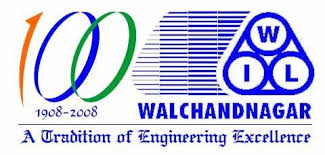 About The Company
About The Company The Company was incorporated on March 15 1994, and the Certificate of Commencement
of Business was received on July 8. The Company is engaged in the business of integrated steel.
It was promoted by the assisted sector by Jindal Iron & Steel Co. Ltd. and Karnataka State
Industrial Investment and Development Corporation Ltd.
Main Stories In the Company
1.FY11 seems to be a excellent year for the company. It expects to operate 11.390 Mw by 2015 from its current 995 Mw capacity.
2.In April 2010 the company invested Rs.382 crore to get a share in the South African Coal Mining Holdings I
3.It acquired 70% in another South Africa-based coal company, Indian Ocean Mining (IOM) from Osho Venture FZCO of Dubai.
4.Repayment of Rs.450 crore of debt will bring down interest costs and it expects annual average short-term prices of power to be range-bound between Rs.4.80 and Rs 5.25 a unit for FY 2011. Stay invested and accumulate for long term on every dip.
5.High fuel costs on account of imported coal is a concern but the company is trying to overcome this by acquiring coal mines and is scouting around for mines.
6.Its plant at Ratnagiri could run into trouble due to environmental issues. But on 30th June, the company has stated that this issue has not been sorted out and it expects to commission the first phase (300 mw) of its 1,200 mw Ratnagiri power plant in 15 days.
7.The ministry has asked the company to set up a flue gas desulfurisation (FGD) technology to keep the emissions of sulphur dioxide in check. JSW has to do so at a cost of Rs.527 crore.It was followed after objection raised by mango growers in the Ratnagiri area, who had expressed concerns that toxic gases emitted by the thermal power plant would hamper the production of Alphonso mangoes.
About The Stock
The company is no doubt a giant in steel sector and a promising stock for long term prospective.Every unit has to face problems but the management has the potential to overcome the same. We can expect a better return in long term. The stock could be bought in dips by average method. Any dips in the stock would be an opportunity for true investor.
 About The Company
About The Company

